 The Arkansas Freeman
The Arkansas Freeman
Entry Type: Thing - Starting with A
 The Arkansas Freeman
The Arkansas Freeman
Arkansas Game and Fish Commission
Arkansas Game and Fish Commission State Fish Hatcheries
 Arkansas Gars
Arkansas Gars
 Arkansas Gars
Arkansas Gars
Arkansas Gazette
Arkansas Geological Survey (AGS)
 AGC Mineral Set
AGC Mineral Set
Arkansas Girls State
aka: Girls State
Arkansas Governor’s School (AGS)
 "Arkansas Hard Luck Blues," Performed by Lonnie Glosson
"Arkansas Hard Luck Blues," Performed by Lonnie Glosson
Arkansas Health Center
Arkansas Heritage Trails System
Arkansas Highway 1
Arkansas Highway 57 Bridge
Arkansas Highway 7
Arkansas Highway Commission
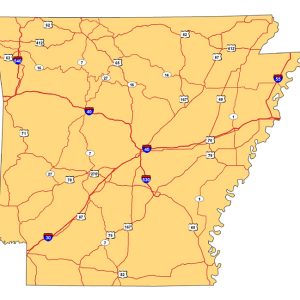 Arkansas Highways
Arkansas Highways
Arkansas Humanities Council (AHC)
aka: Arkansas Endowment for the Humanities
 Arkansas Hunting
Arkansas Hunting
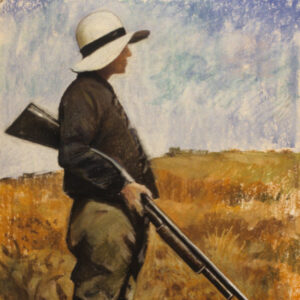 Arkansas Hunting
Arkansas Hunting
Arkansas Judge
 Arkansas Judge Poster
Arkansas Judge Poster
 Arkansas Lampreys
Arkansas Lampreys
Arkansas Law Review
Arkansas Libertarian Party
aka: Libertarian Party of Arkansas
 Arkansas Literary Festival Program
Arkansas Literary Festival Program
Arkansas Literary Forum
Arkansas Livestock Show Association
Arkansas Loan and Thrift
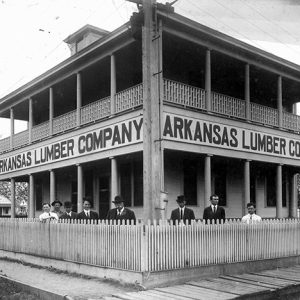 Arkansas Lumber Company
Arkansas Lumber Company
Arkansas Made [Books]
 Arkansas Made 2nd Edition, Vol. 1
Arkansas Made 2nd Edition, Vol. 1
 Arkansas Made 2nd Edition, Vol. 2
Arkansas Made 2nd Edition, Vol. 2
 Arkansas Made Vol. I
Arkansas Made Vol. I
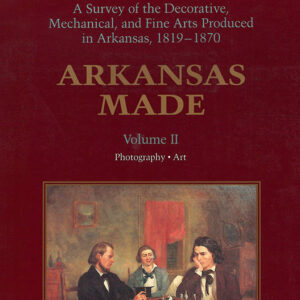 Arkansas Made Vol. II
Arkansas Made Vol. II
Arkansas Married Woman’s Property Law
Arkansas Methodist Medical Center
Arkansas Military Institute
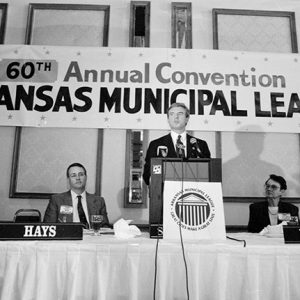 Arkansas Municipal League
Arkansas Municipal League
 Arkansas National Forest Proclamation
Arkansas National Forest Proclamation
Arkansas National Guard Museum
Arkansas Natural Heritage Commission (ANHC)
Arkansas Nuclear One
 Arkansas Nuclear One
Arkansas Nuclear One
 Arkansas Nuclear One
Arkansas Nuclear One




